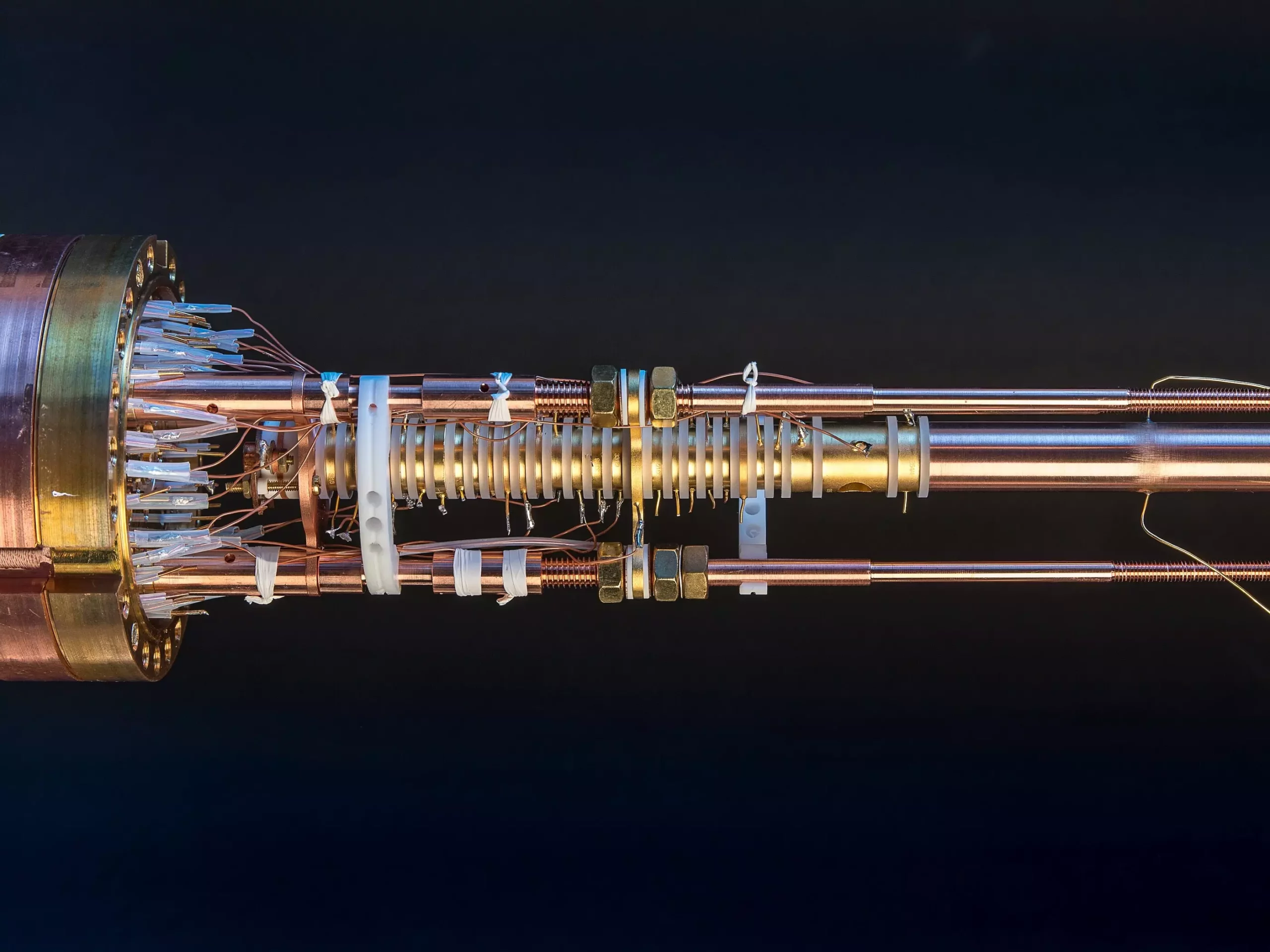The behavior of atomic nuclei is often shrouded in complexity, primarily due to the influence exerted by the surrounding electron shells. These shells act as electromagnetic shields, preventing direct investigation of the nuclei. This dynamic poses notable challenges for researchers aiming to delve into the fundamental properties of atoms. Recent findings by a research team led by Klaus Blaum at the Max Planck Institute for Nuclear Physics have shed new light on these phenomena, specifically through the precise measurement of the magnetic moment of beryllium-9. Published in the prestigious journal *Nature*, this breakthrough has implications that stretch far beyond basic research, touching on practical applications in fields like chemistry and nuclear magnetic resonance.
Measured with a precision 40 times greater than previous efforts, the magnetic moment of beryllium-9 has revealed significant insights into the shielding effects of electron shells. Understanding these effects is crucial not just for theoretical physics but also for practical applications in nuclear magnetic resonance, which functions similarly to MRI scanning in medical diagnostics. While traditional MRI provides images of biological structures, nuclear magnetic resonance offers a detailed chemical fingerprint of materials being studied.
The reliance of these methodologies on strong magnetic fields hinges on the unique characteristics of atomic nuclei, which can be likened to tiny magnets. However, precisely calculating magnetic moments and their interactions with electron shells has long been complicated due to the inherent challenges of multi-body physics. This complexity mirrors difficulties encountered in other areas of physics, such as understanding the orbits of planets.
The calculations associated with nuclear moments remain fraught with uncertainties, particularly in systems involving more than two interacting bodies. Zoltan Harman, a theorist involved in the study, echoes the frustrations faced by physicists: achieving accuracy beyond a thousandth of a percent proves near impossible even for the simplest of nuclei. For example, the hydrogen nucleus, primarily composed of a single proton, is still a complex interaction of its constituent quarks.
Klaus Blaum’s team has developed revolutionary techniques utilizing Penning traps, devices that allow for extremely precise measurements of atomic nucleus characteristics. This technology holds immense potential, especially for measuring magnetic properties with unprecedented accuracy.
Focusing on Beryllium-9
The choice of beryllium-9 as a focus for this research was strategic. Unlike heavier nuclei, beryllium-9’s compact nucleus circumvents complications that arise when measuring larger nuclei. The element’s proximity to helium implies that understanding its magnetic properties can yield significant insights applicable to helium-based measurements—a key area in the field of nuclear magnetic resonance.
To conduct their measurements, researchers employed advanced techniques, removing three electrons from beryllium-9 to isolate its magnetic properties effectively. This manipulation generated conditions ideal for investigating the effects of remaining electrons on the shielding experienced by the nucleus. The findings yielded critical data relevant to understanding the interactions within neutral helium-3, providing a groundwork for future studies.
Amplifying Weak Signals
The delicate nature of the signals obtained during these measurements presents another layer of complexity. The weak interaction between the magnetic moment of the nucleus and the applied magnetic field necessitates innovative methodologies for signal amplification. The remaining electron in the beryllium-9 setup serves this amplifying role, acting as an antenna that enhances the weak signals of the nuclear moment. This configuration allowed scientists to perform high-precision measurements of the nuclear magnetic moment.
Innovation in this context mirrors the mechanics of timekeeping—just as a pendulum counts oscillations to mark the passage of time, the rotating ion within the Penning trap provides a basis for accurately measuring magnetic fields. This process is paramount for interpreting data accurately in nuclear magnetic resonance applications.
Implications for Future Research
The implications of this research are profound, marking a significant step forward in our understanding of electron shielding and its effects on nuclear magnetic moments. With the precise data gathered from beryllium-9, researchers can further refine models of other nuclei, such as helium-3. This insight could revolutionize applications ranging from material science to medical diagnostics.
The advancements achieved by Blaum’s team not only elevate our understanding of atomic and nuclear properties but also offer a rich agenda for future investigations. As this field of study continues to evolve, the bridge between fundamental physics and its practical applications will undoubtedly strengthen, promising enhanced tools and methodologies to explore the fascinating world of atomic interactions more thoroughly.


Leave a Reply